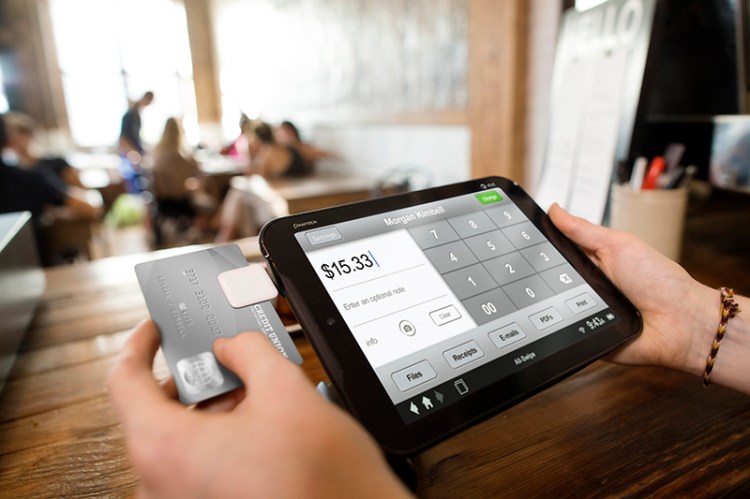This sponsored post is produced by AT&T.
More than ever, security is top of mind with consumers and their expectations for protection are growing. With so many choices and ways to buy, customers know that if they don’t find exactly what they want, they can easily go elsewhere — stakes are high for retailers. In a race to capture these demanding customers, retailers are adopting an Omni-channel approach — an integrated strategy of delivering a seamless, consistent customer experience using every possible touch point, including mobile devices, retail websites, brick-and-mortar stores, TV, catalog, and direct mail. A breach at any of these points can spell disaster for your business.
Right now, there is a race to the finish line for security technology. Investors are eager for the next start-up to offer a silver-bullet solution. However, the real problem is usually more about awareness, process, and system architecture. So before assessing cybersecurity solutions, I have a few suggestions to maximize your investment.
1. Embrace reality
The reality is the threat landscape is constantly changing. As a result, keeping corporate systems and the data businesses hold safe has never been such a significant challenge. Highly-publicized data theft confirms the need for better and more inclusive security solutions. Regulatory and compliance issues, in addition to the requirement for companies to protect themselves from brand damage and revenue losses, drive the requirement to provide better protection. All in all, organizations remain vulnerable and need to do more to deal with the wide range of threats.
2.Get smart on the threats
Breaches pose a real risk to consumer confidence and profit; but are they really so common? Retail organizations occupy one of the top five targeted industries. Why? Because they process massive amounts of financial data, and many do so from multiple stores across multiple states every single day. As a result, there are hundreds of potential access points for an attacker. It is safe to assume that, at any given moment, every major retailer in the U.S. is under attack; even if 99 percent of these attacks are deflected, the threat is real — and continuous.
It is also worth noting that compliance does not equal security, as we’ve seen with recent retail breaches. Since compliance can be a long and complex procedure, it is often easy to expect this process will ensure effective security. However, compliance is simply adherence to government or industry data-handling standards; true security includes proactive, real-time defense.
3. Identify your most critical data
This can be anything from financial information to consumer or client information. It is important to control who has access to that valuable and vulnerable information. Monitor access so no one except authorized individuals can obtain it.
4. Set risk tolerance
Striking a balance between protecting data assets and enabling productive, innovative workplaces has challenged security professionals for decades. The truth is that there is no such thing as 100 percent secure. As such, hard decisions need to be made around the different levels of protection needed for different parts of the business.
5. Demand transparency
Although the Securities and Exchange Commission has made an active effort the last few years to address cyber security threats, do not take it as a given that it or any other third party “has it all under control.” Demand transparency when it comes to how outside agencies are protecting your data and complying with privacy laws.
6. Enlist the troops
Engage everyone in the security effort. To increase cyber-security effectiveness, make sure all employees — from senior executives to customer service reps — are involved. Security operations should not be isolated from your core business. Provide employees with regular updates, training, and education on how they can safeguard data in their day-to-day responsibilities.
7. Develop a response and recovery plan
The most effective security strategies include trained response teams to ensure quick detection and mitigation of security events. Prevention is no longer enough against today’s sophisticated attacks. Businesses need to be prepared to spot compromising activity on their network immediately and minimize the impact. Thorough response planning and accurate analysis are critical for meaningful communications and fast recovery.
Final thoughts
Recent media focus has largely been on the retail sector due to recent high-profile breaches, but the reality is that these incidents could happen to anyone. An attacker may pursue credit card data, healthcare records, or intellectual property. It is essential to implement a holistic security strategy plan to protect your organization. This starts with mapping out all possible internal and external threat scenarios in your environment and perhaps, partnering with a third-party security expert to assess your infrastructure.
Andy Daudelin is VP, Security Solutions at AT&T.
Sponsored posts are content that has been produced by a company that is either paying for the post or has a business relationship with VentureBeat, and they’re always clearly marked. The content of news stories produced by our editorial team is never influenced by advertisers or sponsors in any way. For more information, contact sales@venturebeat.com.

